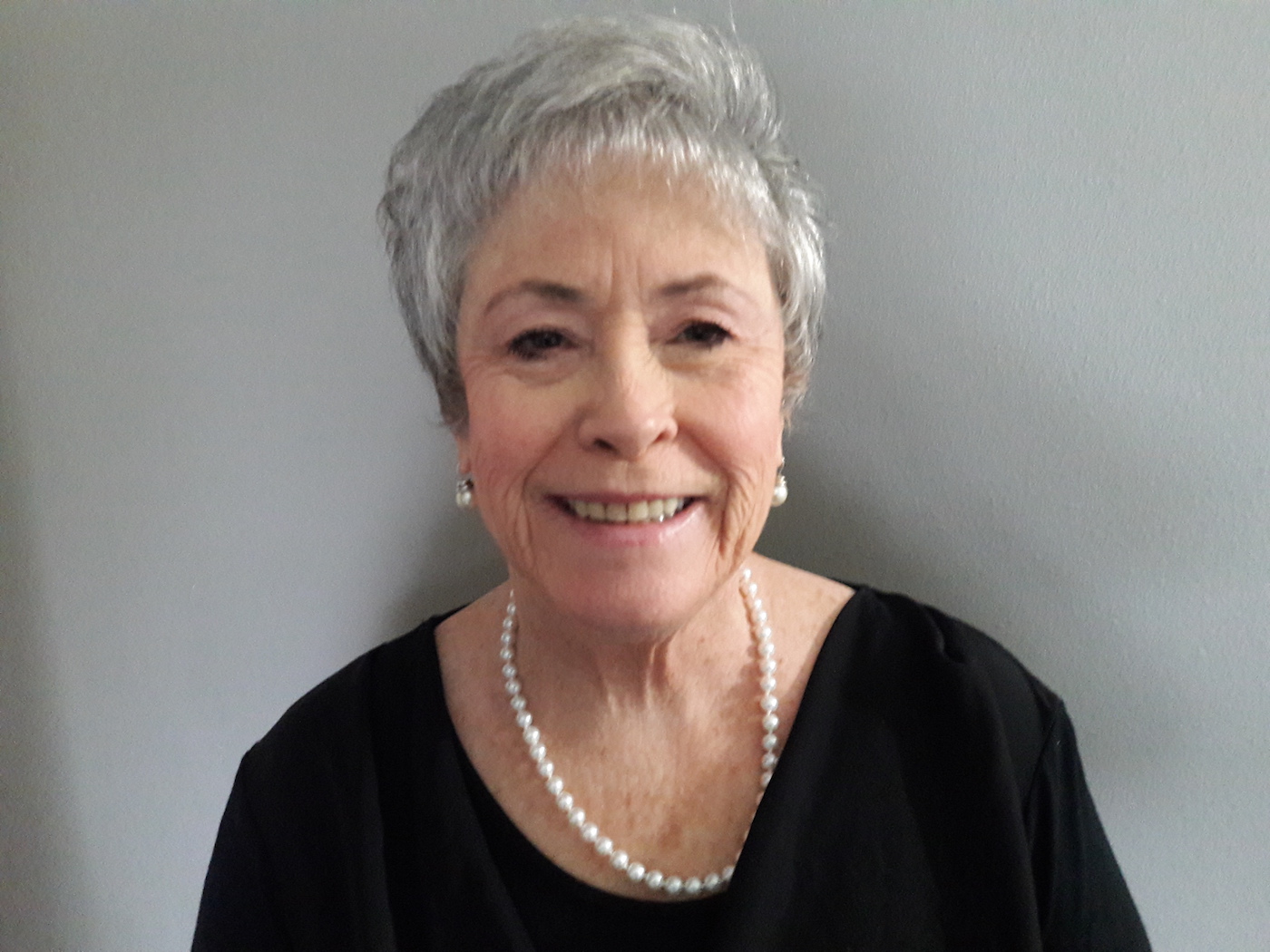Ethical Dilemmas: Knowing Where Loyalties Lie
By Tim O'Brien, APR
September 2020
Ethical dilemmas are things we often hesitate to discuss after the fact. Even if you’re sure what you did was right, it’s usually not something you wish to relive.
This idea may have been on the mind of BJ Whitman, APR, Fellow PRSA, when I asked her to talk about a difficult ethical challenge. She is chair of PRSA’s Board of Ethics and Practice Standards (BEPS), and president of BJW Public Relations in Lynnwood, Wash.
“To be honest, it was over a simple photograph, but the circumstances were shocking and disturbing,” she said.
On a beautiful morning in Hawaii in December 2000, Whitman was on her way to meet with an executive chef to plan for an upcoming event at a convention hotel, where Whitman was director of public relations.
“I got a call from the hotel’s executive office saying to hurry to the kitchen because there was something wrong with the chef,” she recalled. “I walked into a kitchen in chaos. Employees were crying, some people were running out of the kitchen, and two employees were restraining another. When I looked to the floor I saw the chef was in very bad condition.”
The employee who was being restrained had apparently stabbed the chef to death. Someone had called 911. The general manager of the hotel was out of town, leaving the assistant general man- ager and Whitman in charge of the crisis.
Whitman immediately notified the hotel’s executive office of what was happening. Mourning within the close-knit employee culture began, while outside, the media converged. By noon, Whitman was able to hold a press conference and provide basic media outreach. And then the ethical dilemma occurred.
On the matter of a photo
One item the family had yet to approve for publication was a photo of the chef. Whitman gave them three photos to choose from.
“While I could have used any file photo of the chef, the family took particular interest in making the choice,” she said. “My primary obligation on that day was to respect the wishes of the family, and I knew that we still would get the photograph to reporters before their deadlines.”
She also knew that some members of the media were growing restless, and the lack of a photo was becoming a point of contention. One reporter, who prided herself on gaining exclusive access to breaking stories, applied the pressure. She demanded to receive the chef ’s photograph first.
The reporter confronted Whitman and accused her of not doing her job. She threatened to report Whitman to her general manager and to say in her news story that the hotel was being uncooperative. The reporter said she’d go directly to the family for a photo of the chef.
On putting loyalty first
“One deliberate decision we made was to take care of the family as much as possible,” Whitman recalled. “I would not provide the family’s home number to the reporter. I took a protective posture on behalf of both the family and the hotel,” so the reporter had to wait for the photo.
On the surface, the decision about which photograph to give the reporter may not seem like a serious ethical dilemma, but in this case Whitman was faced with one of the most common ethical challenges that PR professionals can encounter: one of loyalty.
Whitman’s ethical dilemma was whether to cede to the reporter’s demands and give her a photo of the chef without first clearing it with the family, or to wait for their approval and risk alienating the reporter and incurring bad press.
“Situations may arise where you have ethical obligations to more than one stakeholder,” Whitman said. “Understanding each stakeholder’s desires and needs is imperative.”
In the end, she understood her loyalties and honored them.
The three hours it took for the grief-stricken family to choose the photo did not affect the outcome. The photo was sent to all reporters at the same time. Once it was released to all media, the more vocal reporter made her deadline and backed off.



